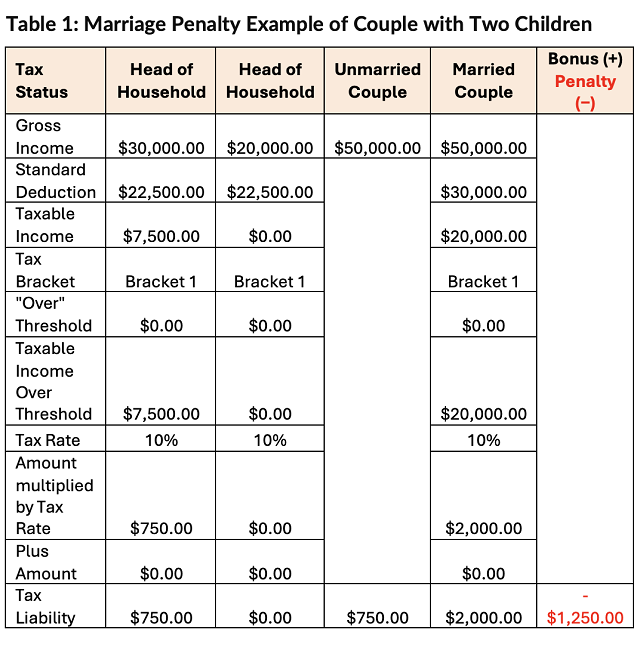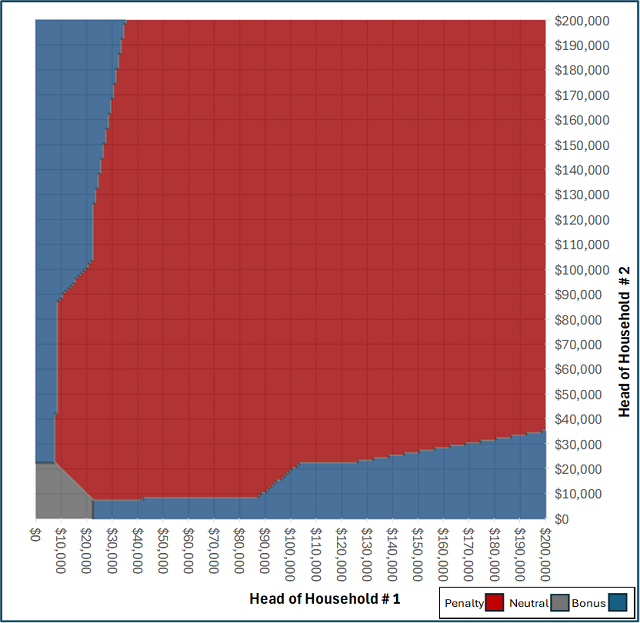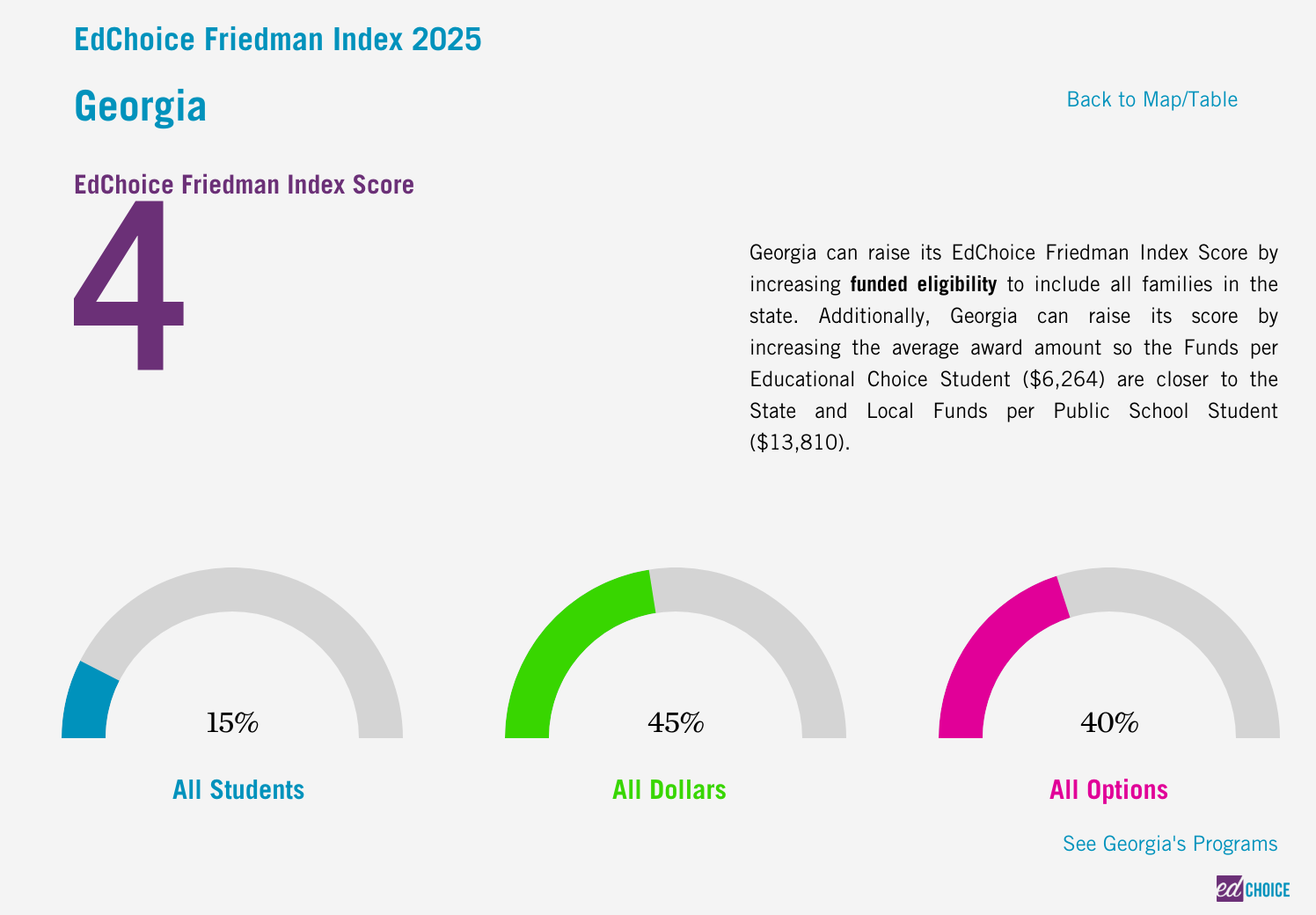
What Georgia can learn from other states about fixing welfare

What Georgia can learn from other states about fixing welfare
Safety net programs are meant to help people in difficult times—but the system’s overwhelming rules and disconnected services are trapping people in a cycle of frustration and dependence instead of offering them a clear path forward.
This unfortunate reality exists in most states—Georgia included. But there is good news: Some states are beginning to rethink welfare, modeling positive changes that Georgia and other states could adopt.
What’s not working about the current welfare system?
Our nation’s welfare system is anything but simple. There are over 80 programs at the federal level alone, each with different goals and conflicting eligibility rules. For someone who needs help, this maze of programs is slow and overwhelming to navigate. People must visit multiple offices, fill out the same forms again and again, and talk to different caseworkers.
On top of this, the entire safety net is separate from workforce services that help people gain skills and find jobs. This set-up not only delays aid, but it also takes time and energy away from pursuing long-term solutions, such as stable employment.
Work isn’t just a way to earn income—it’s the gateway to independence and a profound source of dignity and purpose. Most Americans agree that it’s important to have a well-functioning safety net that provides temporary assistance and support for the most vulnerable. But the safety net should be a springboard to a better life, not a trap that holds people back once they’re in it.
How Other States Are Making Welfare Work Better
Arkansas: Evaluating What Works and What Doesn’t
During its recent legislative session, Arkansas passed a law (Senate Bill 50) to set up a task force to review the state’s workforce and social service programs. The idea is simple yet powerful: make sure welfare programs are meeting their intended goals.
By taking stock of these programs, Arkansas aims to find inefficiencies, improve coordination among agencies, and maximize the help provided to those in need. The audit’s results will inform future legislative decisions by offering the state a clear, data-driven picture of what works and what doesn’t.
Louisiana: Creating One Door to Work
With a poverty rate of 18.9%, Louisiana is one of the poorest states in the country—a situation that’s even more difficult to overcome because of the state’s disjointed welfare system.
In 2025, Louisiana addressed this problem by passing One Door legislation modeled after Utah’s successful safety net design. The reform merges the Temporary Aid to Needy Families program (TANF) and Workforce Innovation Opportunity Act (WIOA) programs into a new program called LA Works. It will help welfare recipients get the social services help they need while also connecting them to employment opportunities.
This legislation came from an intentional effort by state leaders to understand the outcomes of Louisiana’s safety net system. The first step was a performance audit of SNAP, WIOA, TANF, and CCAP programs. The audit uncovered several inefficiencies that confirmed these programs were not meeting their stated goals of providing temporary help while empowering individuals toward self-sufficiency.
The audit led to an executive order establishing the Louisiana Workforce and Social Services Reform Task Force. This group developed recommendations for consolidating Louisiana’s welfare and work programs, which ultimately led state leaders to pass One Door legislation with unanimous bipartisan support.
With One Door to Work, states can simply the safety net system for both administrators and recipients and give people a clearer path to a good job and a better life.
With One Door to Work, states can simply the safety net system for both administrators and recipients and give people a clearer path to a good job and a better life.
Utah: Proving It Can Be Done
Utah is the longest-running example of successful safety-net reform. It implemented the One Door model in the 1990s, integrating welfare programs with workforce support systems. Instead of navigating separate offices for benefits and employment services, individuals in Utah use a single, unified system. This approach has consistently yielded results:
- Low Poverty Rates: Utah boasts some of the lowest poverty rates in the country, thanks in part to its focus on connecting people with skill-building opportunities and job placements.
- Reduced Dependency: The state has the nation’s lowest rates of residents dependent on food stamps and Medicaid.
- Economic Prosperity: By prioritizing work and self-sufficiency, Utah has built one of the nation’s strongest economies with consistently low unemployment rates.
Utah’s success proves that connecting welfare and employment services isn’t just possible; it’s effective.
The state is continuing to explore innovative ways to help families overcome poverty. Most recently, Utah launched a pilot project to use funds from the Temporary Aid to Needy Families (TANF) program to provide families with financial planning support that helps them navigate the transition from public assistance to other economic opportunities.
Takeaways for Georgia
Georgia’s welfare system struggles with similar issues—inefficient processes, separate agencies, not enough focus on helping people achieve self-sufficiency.
Georgia lawmakers recently considered House Resolution 884, which proposed creating a task force to review and streamline welfare and workforce systems, but it didn’t pass during the last legislative session. This was a missed opportunity—but it’s one lawmakers can revisit that can be revisited in the upcoming session.
As lawmakers consider reforms for the future, here are a few concrete ideas that would shape a better welfare system and a thriving workforce in Georgia:
- Conduct an audit similar to Arkansas’s to identify inefficiencies and areas for improvement.
- Establish a task force to begin implementing a “One Door” initiative, like those in Louisiana and Utah.
- Advocate for integrating welfare programs with workforce development initiatives at both the state and federal levels.
- Prioritize transparency, accountability, and ease of use in redesigning the system.
Image Credit: Canva
Video Credit: Alliance for Opportunity












